It’s worth noting that while this guide was put together in relation to getting expedition sponsorship (going on adventures), it is transferable to any form of financial sponsorship. Be it for a project or event. I’ll cover all I’ve learnt gaining financial support from other brands and companies.
I’ve done a number of expeditions now that have relied on company sponsorship. Including hiking across the Jordan desert and kick-scooting the length of the UK (you can read about those adventures here). And more recently for the Women’s End2End relay.
Most people will tell you that getting financial sponsorship for an expedition is really difficult. That has not been my experience though and in fact, I’ve found it relatively easy to secure funding. I’ve heard a few times people using the average of sending 100 emails before securing 1 sponsor. But the last 2 times I tried for expedition sponsorship I sent less than 20-30 emails before I was able to secure the full amount I was asking for
Note that this post is part of a series on money and adventuring and expeditions. Also check out:
- How to get sponsorship for your adventure
- How to write a sponsorship proposal
- Sponsorship proposal template
- Outdoor and adventure grants for 2020
- 11 Ways you can make money as an explorer
So why was I so successful?
The reason for this was simple…..I only tried for funding when I genuinely had something to offer that was of value to companies. I already had an established a following and a good level of traffic to my website. The projects I was working on were unique and relevant to the companies I was contacting. All this made it an easy ‘sell’.
If you don’t already tick these boxes it doesn’t mean that funding isn’t going to happen. But it might be realistic to expect to invest much more time into making this happen. What I would say though is that you need to really want it. You need to believe in your expedition and be excited about it – that will shine through in your approach.
Grow your following
Before starting to send out your proposal pack, it is worth setting aside a couple of months to really focus on branding yourself and growing a following. The more of an audience you have, the more attractive you are going to be to companies. Have a consistent look and wording across all your platforms and start putting out good quality content.
Since I’ve grown my own social media pages to the thousands it has become much easier to gain support when looking for opportunities.
It’s essential that you have a professional-looking website. Somewhere you can put your sponsors logo (with a link) and details about your expedition. Here’s an easy step-by-step to Build a website in 10 minutes if you haven’t done this yet.
I’ve written a few guides in the area of social media and branding:
- How I grew my social media following to over 20k in a year
- 11 smart things I did when building my brand
- Everything I know about becoming a successful blogger
Ask for more than you think
2 people gave me this advice early on when I was starting to look for funding and they were completely right. And for a number of reasons…
– An additional £2,000-£5,000 isn’t a huge amount to a medium or large company
– Valuing yourself higher makes you more appealing
– You can invest the extra money into ensuring you really deliver on your promises (like paying for professional photographers so they get photos they can use, paying for a PR person to get you/them in the papers or using Facebook advertising to boost the profile of the expedition)
– Expeditions usually cost more than you think they will
It is also worth noting that you will also then have a bit of flexibility if a company wants to negotiate the final price.
It is up to you if you decide to do tiers and look for multiple companies instead of just one. For most having one is the ideal as it’s much easier to manage and takes less energy. It also might be attractive to the companies you are approaching as they don’t have to compete for exposure.
Photos, content and media
There is a lot to be said for the exposure you are able to offer a company in terms of photos, videos and press exposure. This is especially true if working for a brand that has a product (ie, a shoe brand who want you to wear your shoes on the expedition). Companies will spend thousands on photo shoots and creating content so make investing in you a safe bet by providing this service.
Where possible I always try and get a professional photographer and/or filmmaker on board for my project. This increases the quality of content I am able to provide and also makes it easier to get press coverage as they usually want quality pictures.
For Kicking the States we got the very talented Devon from Strange Trail Productions on board to deliver a film and photos. Having those has been invaluable in so many ways from giving talks, interviews to writing articles for magazines.
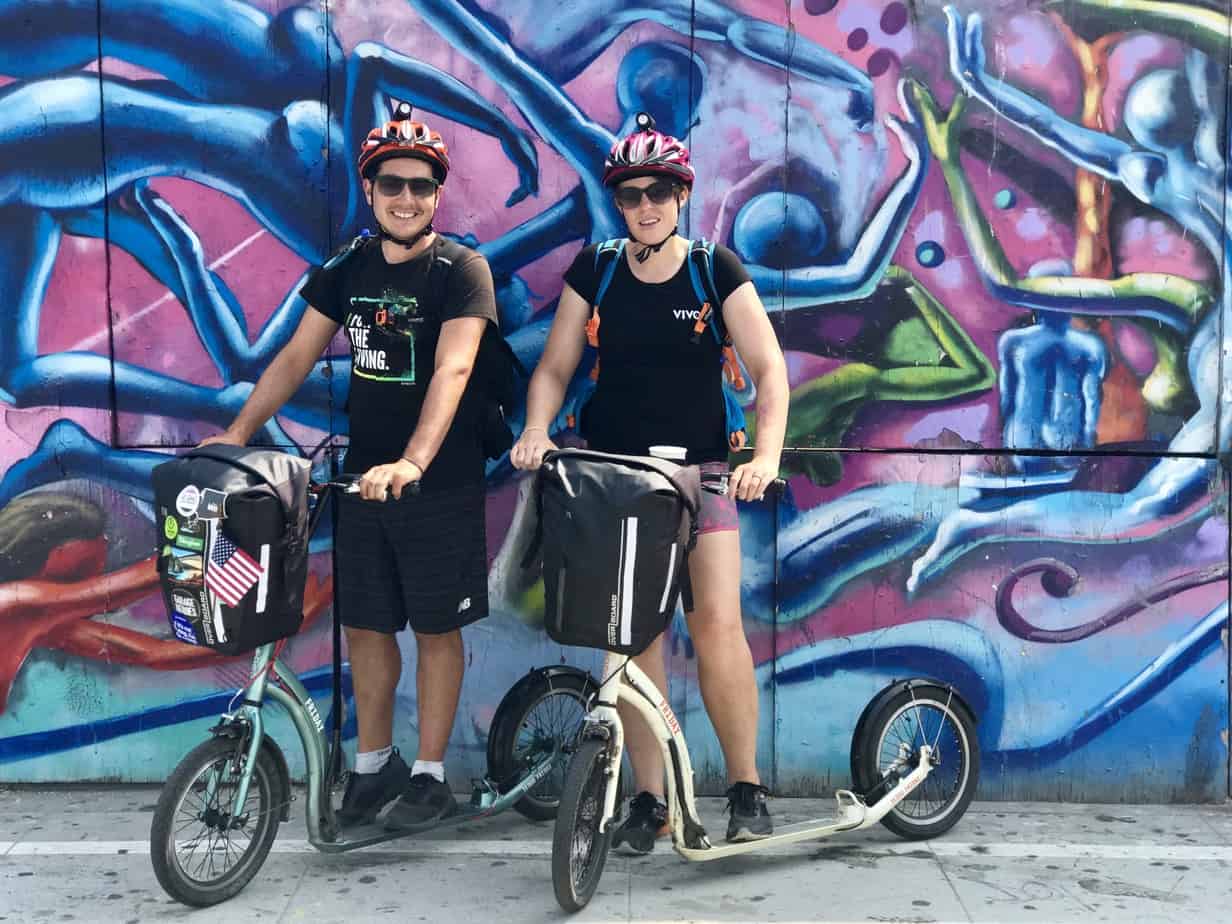
Making the approach
Most of my successful sponsorships have come from brands I already had some sort of relationship or connection with. even if it’s just a brand who have sent me some trial kit in the past or who I’ve given a talk for, something like that.
It is so much easier if you already have the name of a person to contact and it is much harder for them to say no if they know you! For this reason, start with your contacts or contacts of contacts.
Unlike getting sponsorship in the form of free gear, this is going to take a much more personal approach than sending out blanket emails. Use Linked in to try and find the right person to contact. Start going to conferences and events where you can meet people who work for companies of interest. Networking lunches and events provide great opportunities as well.
Where possible ask for a meeting or at the very least a phone call. Try to get in front of the right person so that you can get them invested in you and excited about your expedition.
If it’s right it will be right
The brilliant Laura Try gave me this insight. She was spot on. One of my first major sponsors for an expedition was Vivo Life who supported my Kicking the States expedition. From the beginning I said that I wanted to have Vivo Life supporting this as they are such a brilliant company/product who are so in line with our ethos – I wrote the sponsorship pack with them in mind.
I sent them an email with the proposal and shortly after we spoke on the phone. The conversation wasn’t a ‘sell’ but we both shared what we were excited about and what we wanted out of this. It was comfortable and easy and just like that, they said they were on board.
The right company will get you and your project. If you are having to sell and convince them then the partnership isn’t going to be right and this will only cause more problems down the line.
Learn from others
As soon as I decided I wanted to look for funding I started to speak with others who might have experience and began researching online. Familiarise yourself with everything to do with funding. Here are a few articles and advice to get you started:
- Really great article on funding from Kate Hallam!
- The RGS Expedition handbook
- Alastair Humphreys: Tips to finding expedition sponsorship
- The truth about expedition sponsorship
- Tim Moss: How to get sponsorship for your expedition
- How to get Sponsors
- How to get sponsorship for your expedition or trip
- Dave Cornthwaite on How to find sponsorship
Securing the deal
When you have a company interested do not hesitate to get the deal secured. Most likely they will want to send you a contract for you to read over and sign. This is to ensure that you will deliver what you promised. Agree early on how you will be paid and if it will be in one lump sum or split. Like with any job or payment, be on time with sending invoices.
Once you’ve got your money it can be easy to get caught up in your expedition and to forget you have obligations. To keep a good relationship, it is important to remain in regular contact. As a common courtesy, I send an email once a week/2 weeks on the expedition (if possible) updating the company how the expedition is going and anything that I have delivered for them that week – social media shares, photos that were taken, talks given, etc.
I also like to follow up at the end of the expedition to ask for feedback and to check they are happy. Keeping good relationships is going to make your life so much easier down the line….especially when you want funding for your next idea!
Another great idea is to produce a report post-expedition that lists all the shares you put on social media (and the reach), how many posts written and any press interest you got.
Final thoughts…
Having a sponsor definitely adds extra pressure to an expedition. It’s a job….you are being paid to deliver a service.
There are times when this can seem like a lot of work. For me, the support outweighed those challenges and I found emotionally being sponsored boosted my confidence and made me work harder towards ensuring my expedition was a success.
You will get setbacks and rejections but try and just let these wash over you. Keep looking at the positives and always have your next lead or idea ready to go.
Good luck!!
If you found this blog helpful, follow me on Facebook, Twitter and Instagram. Or you can subscribe to my YouTube channel. I give all my advice out for free on my website. If you want to say thanks, you can buy me a coffee!
*Any women reading this?* I founded a women’s adventure community called Love Her Wild. Check out our private Facebook page and see what adventures we have coming up.

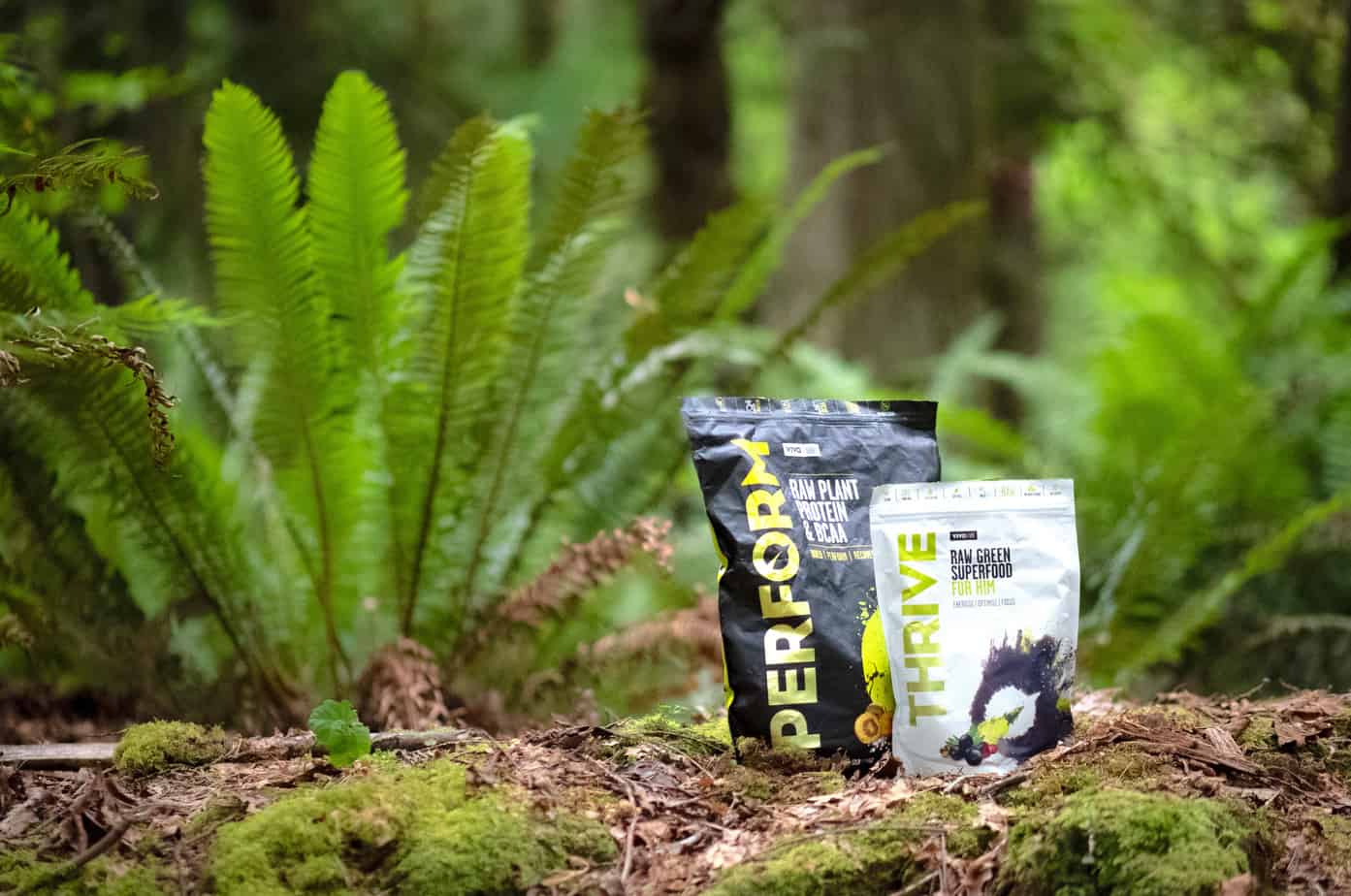
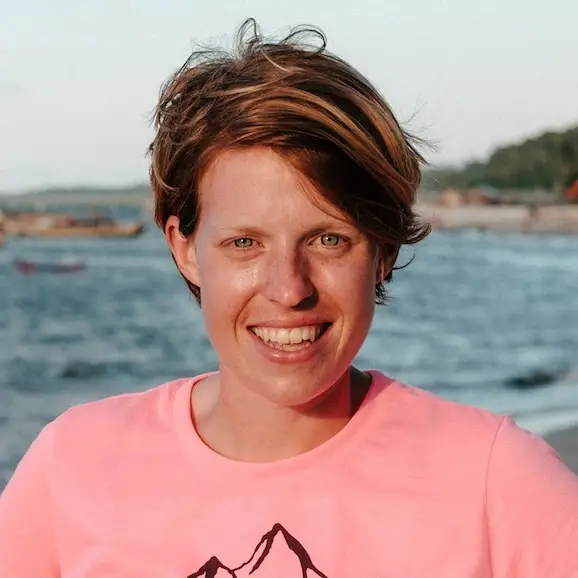
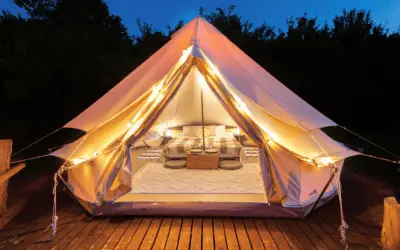

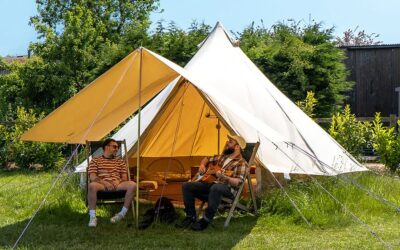
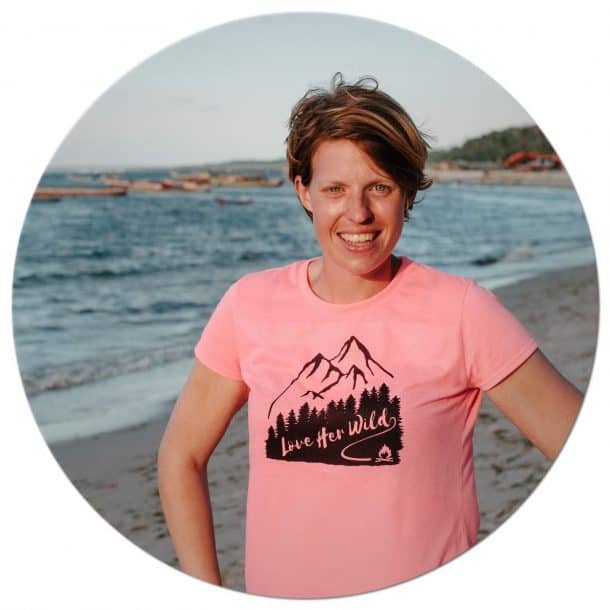
0 Comments